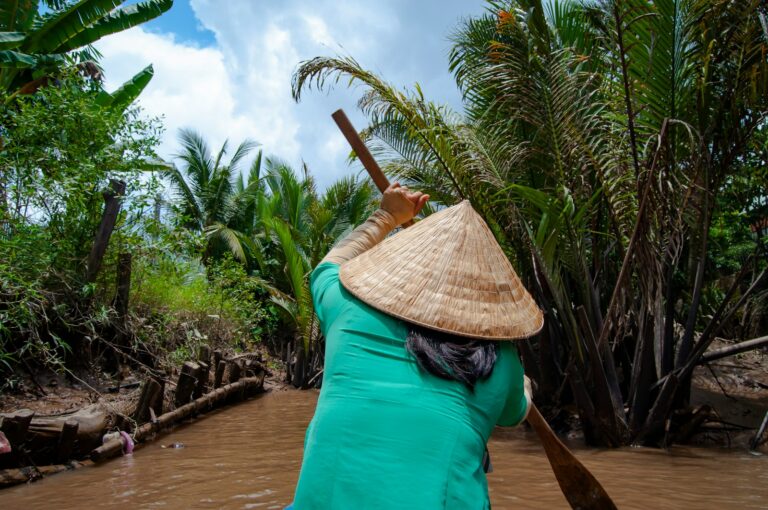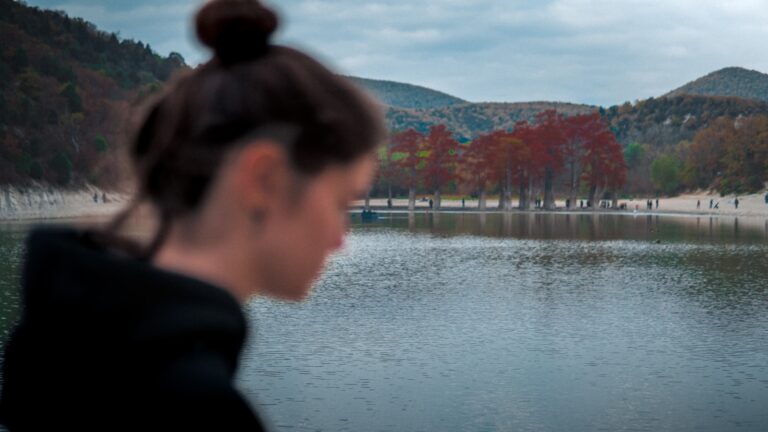PATTAYA, THAILAND
Pattaya is one of Thailand’s most talked-about cities, famous for its beaches, nightlife, and a wild reputation that has earned it the nickname “Sin City.” While many tourists are drawn to the area for its sunny weather and ocean views, what really sets Pattaya apart—both controversially and undeniably—is its adult entertainment industry. For decades, it has been a place where nightlife gets turned up several notches, and where sex shows are not only common, but openly promoted as part of the tourist experience.
It surprises many visitors that such shows happen in a predominantly Buddhist country. Buddhism is often associated with peaceful temples, quiet monks, and a way of life that promotes inner purity and modesty. But Thailand, and Pattaya in particular, presents a much more complex cultural reality. Historically, Thailand has had a more relaxed attitude toward sexuality than many other Asian countries. Traditional Thai beliefs about fertility and the body, combined with centuries of contact with foreign traders and, later, tourists, have created an environment where adult entertainment can thrive quite openly.
Today, Pattaya is home to at least eight major venues that specialize in sex shows, each one competing to be more shocking, surprising, and unforgettable than the last. These aren’t quiet, dimly lit corners tucked away in back alleys. They are big, brash, neon-lit clubs in the heart of the city’s nightlife district, drawing tourists from all over the world. One Thai tour guide even joked that if a visitor can sit through four of these shows in one night, they deserve a PhD in human endurance—because the performances are that intense and overwhelming.
So, what really happens in these shows? Stories from curious travelers describe performances that defy belief. Some involve Russian models who appear completely nude and perform sensual massages on stage. Others include gender transformation performers who have undergone dozens of plastic surgeries to change their appearance, and who invite members of the audience to join them for dances, games, or even mock weddings. In some clubs, transgender performers famously serve sushi or fruit slices on their naked bodies, turning their own flesh into dining tables for wide-eyed tourists.
Perhaps the most controversial and jaw-dropping acts involve women performing what many consider to be shocking stunts with their genitals. These include things like smoking ten cigarettes at once, opening soda cans, or using darts and ping pong balls in ways that make audience members gasp and even squirm in their seats. In one of the more infamous acts, a performer uses her body to feed live fish. A tour guide, trying to lighten the shock, once joked that if you’re a smoker, watching a woman do that trick might make you want to quit cigarettes altogether.
It’s important to note that these shows are not part of typical sightseeing tours. Visitors usually have to pay an extra fee to enter the clubs where they take place, and the more outrageous the act, the higher the price. Pattaya’s bars are generally divided into two types: “Go Beer” bars, which are more like standard watering holes serving drinks and snacks, and “Go Bars,” which host erotic performances. Even some of the city’s most famous attractions have adult twists. Take Tiffany’s Show, for example. It’s marketed as a glamorous cabaret of “the most beautiful men in the world”—though all the performers are transgender women. The show is so well-known that some tourists believe a trip to Thailand isn’t complete without seeing it and “washing your eyes,” as locals humorously put it.
Interestingly, Pattaya wasn’t always this way. Back in the early 1960s, it was a sleepy fishing village with very little international attention. That all changed during the Vietnam War. American soldiers stationed at a nearby base would visit Pattaya on their breaks, bringing with them huge amounts of U.S. dollars. In response, the town quickly transformed into a rest-and-recreation zone, offering entertainment, alcohol, and companionship. What started as a temporary response to wartime tourism eventually became a full-blown industry.
After the war ended, the Thai government saw how much money the adult entertainment scene was bringing in and, rather than shutting it down, allowed it to continue and expand. Pattaya became known as a destination not just for beaches and temples, but for an experience that other places in Southeast Asia were not willing to offer so openly. Over time, the city developed a dual personality: beautiful and spiritual by day, wild and provocative by night.
This contrast is part of what makes Pattaya such a controversial place, especially for visitors from more conservative countries. For example, many Vietnamese tourists say they feel uncomfortable with the city’s open display of sexuality. In Vietnam, public sex shows would never be allowed, and even legal casinos for foreigners spark heated debates. Walking down Pattaya’s main streets, where dancers call out from doorways and flashy signs advertise the most outrageous acts imaginable, can be shocking for first-time visitors who aren’t prepared for it.
But Pattaya is not just about sex shows and late-night bars. The city still has a lot to offer those looking for a more traditional holiday experience. There are still quiet stretches of sand where families can relax. Cultural landmarks like the Sanctuary of Truth—a massive, intricate wooden temple built entirely without nails—attract thousands of tourists each year. Visitors can explore floating markets, enjoy seafood along the coast, or visit the Big Buddha Hill for panoramic views of the city. Pattaya is also close to several islands, like Koh Larn, that offer snorkeling, diving, and nature escapes just a short ferry ride away.
Still, no matter how much effort is put into highlighting these other attractions, Pattaya’s identity remains deeply linked to its adult entertainment scene. Some argue that it’s part of the city’s charm and honesty—Pattaya doesn’t pretend to be something it’s not. Others, especially locals and concerned parents, worry about what this reputation means for the future, especially with more families and international schools now moving into the area.
There have been efforts in recent years to “clean up” Pattaya’s image. Local authorities have tried to limit certain types of advertising and encourage more family-friendly events. Some parts of the city are now known more for shopping malls and rooftop bars than red-light districts. But change comes slowly, and the city’s history is deeply rooted in the very thing it now tries to manage more carefully.
In the end, Pattaya is a city of contradictions. It’s a place where golden temples sit not far from glowing nightclubs, where monks walk past sex shows on their way to morning prayers, and where visitors can see the best and worst of modern tourism colliding in one small coastal city. Whether you love it, hate it, or don’t know what to think, one thing’s for sure—Pattaya leaves a lasting impression.




